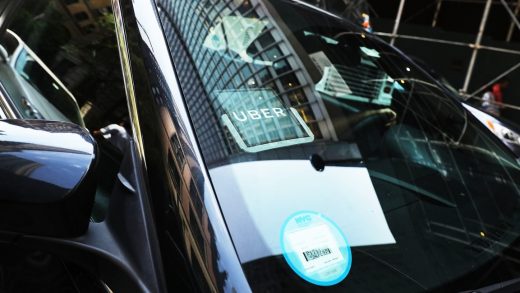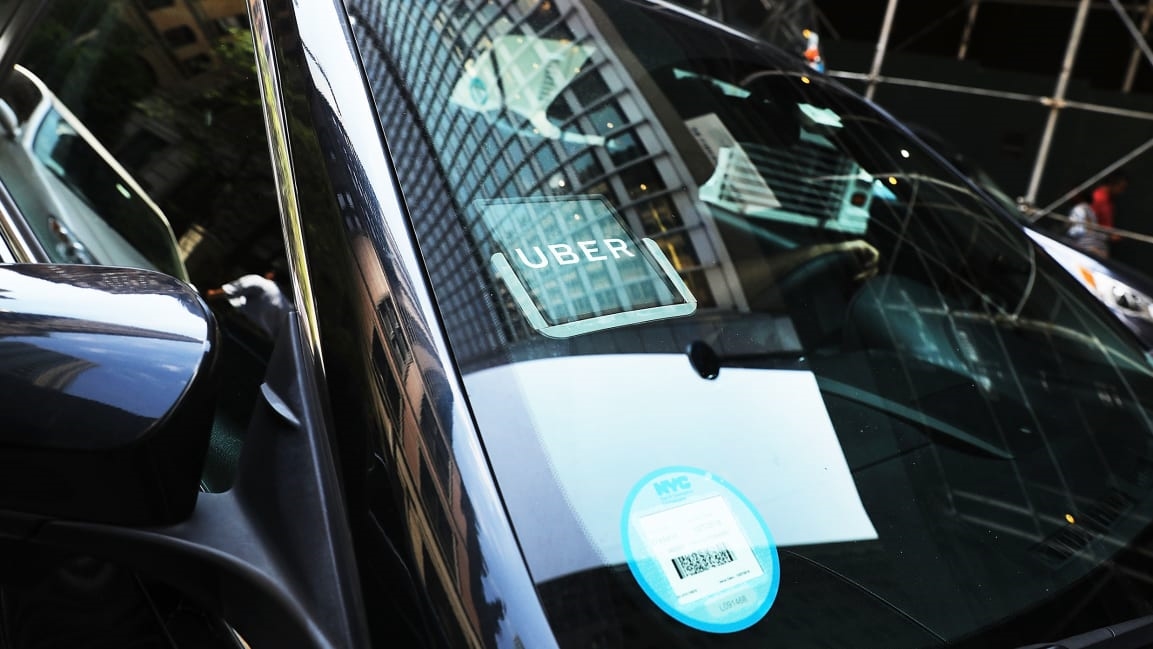Why Uber and Lyft drivers are striking to protest Uber’s upcoming IPO
On Wednesday morning, Ubers and Lyfts in several major cities, including New York, Boston, Philadelphia, Los Angeles, and San Francisco, may be hard to come by. Hundreds of drivers across the metro areas plan to go on strike for two hours, between 7 a.m. and 9 am, in protest of low pay and exhausting labor conditions. The timing of this strike is significant: Morning rush hour is a big moneymaking time for ride-hailing, and this work stoppage is planned for the day before Uber is expected to go public to the tune of $90 billion. While a single strike will almost certainly not affect the company’s valuation, the drivers hope to send a clear signal about their perspective on the inequity inherent in the company before it goes public.
The strike comes just over a month after Uber and Lyft drives in several California cities logged off for a day in late March to protest the same issues–low pay and questionable corporate culture–before Lyft went public on March 29. The strike planned for May 8 is larger and more coordinated: While the March action was largely limited to California, this work stoppage will extend across the U.S., with some planned solidarity actions in European cities like London and Glasgow, and will include a rally at Uber’s San Francisco headquarters.
Drivers who will be logging off have the backing of labor organizations like the New York Taxi Workers’ Alliance, the L.A.-based group Rideshare Drivers United, and Working America. In New York, where ride-hailing drivers just won a two-year fight for a law that gives them a minimum salary (which will increase their pay by an average of $10,000 per year), many workers will strike and hold a rally in solidarity. “Most of the things they’re striking for, we already have in New York,” says Brendan Sexton, executive director of the Independent Drivers Guild, a nonprofit that helped push for the minimum pay legislation in New York. Now, thanks to the rule, drivers in New York City earn $17.22 per hour, after the driver expenses and fees that Lyft and Uber extract from the initial payment. However, drivers still want to see a cap on the fee per ride that goes to Uber or Lyft.
In statements to Fast Company, both Lyft and Uber said that their drivers earn over $20 per hour. But that number is certainly in dispute: According to an analysis from the think tank Economic Policy Institute, the actual wage drivers take home is much less. Average hourly pay for drivers, the analysis found, hovers around $9.21 after Lyft and Uber take their cuts (20% and 25%, respectively) and drivers pay for maintenance and gas. Lyft told Fast Company that drivers’ hourly earnings have increased over the past couple of years, but some drivers themselves say they’re not feeling the effects: One driver told Fast Company in March that to take home the same weekly pay, he had to drive significantly more miles, and the rise in hourly earnings that Lyft reports could be a function of greater demand, not that the company is paying drivers more per trip.
Sexton believes the push for localized pay rules could start to spread beyond New York City. Senator (and presidential candidate) Bernie Sanders has also tweeted support for the striking drivers, saying: “Uber says it can’t pay its drivers more money, but rewarded its CEO with nearly $50 million last year. People who work for multibillion-dollar companies should not have to work 70 or 80 hours a week to get by. I stand with the Uber and Lyft drivers going on strike on May 8.”
Sanders’ tweet gets at the heart of why these strikes are happening. The Uber and Lyft IPOs have shown a harsh spotlight on contradictions at the heart of these companies’ business models: Both companies are losing money, yet growing rapidly, which has attracted ample investment to keep them afloat. Uber, for instance, has around 12,000 employees, but over 2 million people are registered as drivers on the platform. These drivers work as independent contractors, which means they’re not entitled to the benefits and labor protections that full employees would be. But at the same time, they’re subject to the decisions that Uber makes, whether that be how much to charge per ride, and how much of a cut per ride Uber receives.
These companies depend on a large pool of cheap labor to sustain that growth, but, as evidenced by the fact that hundreds of drivers will strike on Wednesday, workers don’t feel that their role in the company’s growth is being adequately recognized or compensated. On the day when Uber’s IPO is going to mint a new pack of multimillionaires, that contrast is exceptionally stark.
Uber knows this. When the company filed with the SEC to go public, it noted driver dissatisfaction as an issue. And there’s been a lot of tinkering around the edges on the part of ride-hailing companies, lately, to try to make things better for drivers. Lyft introduced free bank accounts and discounts on vehicle rentals and maintenance for drivers; Uber’s new Uber Pro program offers drivers free online education at ASU and cash-back options on gas. The companies both offer some cash incentives for drivers for referrals or hitting certain milestones, like completing 50 trips. But the future of those bonuses is uncertain: Now that Uber is going public, it’s further incentivized to rein in losses, and one way it could do so, the company noted in its SEC filing, is by cutting back on driver incentives.
Despite the massive money these companies are raking in during their IPOs, there are other models: In Denver, the 800-person Green Taxi Co-op is a cooperative, giving ownership and decision-making to drivers themselves. With Green Taxi, every driver is also a partial owner of the company, so responsibility for the company’s performance–and drivers’ livelihoods–is shared. The anxiety among drivers around Uber and Lyft’s IPOs could generate more momentum for cooperative models in the ride-hailing industry.
Even if the strikes don’t make an immediate difference in worker livelihoods, they show that the workers that undergird these companies are being more vocal in pushing back at how they’re run. Will the action on May 8 signal the start of a change in how these workers are treated, or will it be washed away by the billions being cashed in at the stock market?
(25)



